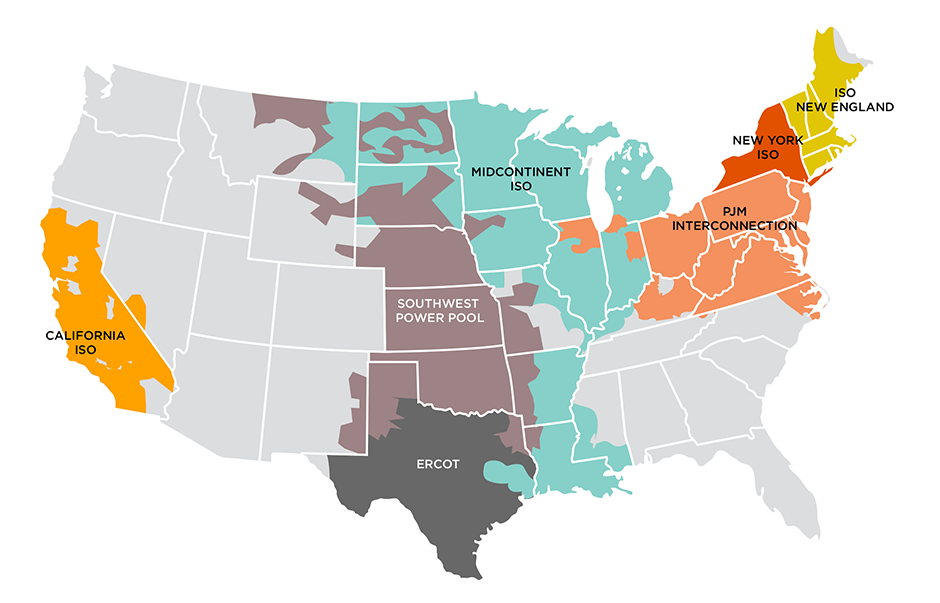Viruses, Vol. 15, Pages 266: Genomic Analysis of West Nile Virus Lineage 1 Detected in Mosquitoes during the 2020–2021 Outbreaks in Andalusia, Spain
Viruses doi: 10.3390/v15020266
Authors: María José Ruiz-López Milagros Muñoz-Chimeno Jordi Figuerola Ana M. Gavilán Sarai Varona Isabel Cuesta Josué Martínez-de la Puente Ángel Zaballos Francisca Molero Ramón C. Soriguer Maria Paz Sánchez-Seco Santiago Ruiz Ana Vázquez
Emerging infectious diseases are one of the most important global health challenges because of their impact on human and animal health. The vector-borne West Nile virus (WNV) is transmitted between birds by mosquitos, but it can also infect humans and horses causing disease. The local circulation of WNV in Spain has been known for decades, and since 2010, there have been regular outbreaks in horses, although only six cases were reported in humans until 2019. In 2020, Spain experienced a major outbreak with 77 human cases, which was followed by 6 additional cases in 2021, most of them in the Andalusian region (southern Spain). This study aimed to characterize the genomes of the WNV circulating in wild-trapped mosquitoes during 2020 and 2021 in Andalusia. We sequenced the WNV consensus genome from two mosquito pools and carried out the phylogenetic analyses. We also compared the obtained genomes with those sequenced from human samples obtained during the outbreak and the genomes obtained previously in Spain from birds (2007 and 2017), mosquitoes (2008) and horses (2010) to better understand the eco-epidemiology of WNV in Spain. As expected, the WNV genomes recovered from mosquito pools in 2020 were closely related to those recovered from humans of the same outbreak. In addition, the strain of WNV circulating in 2021 was highly related to the WNV strain that caused the 2020 outbreak, suggesting that WNV is overwintering in the area. Consequently, future outbreaks of the same strain may occur in in the future.

 1 year ago
63
1 year ago
63


